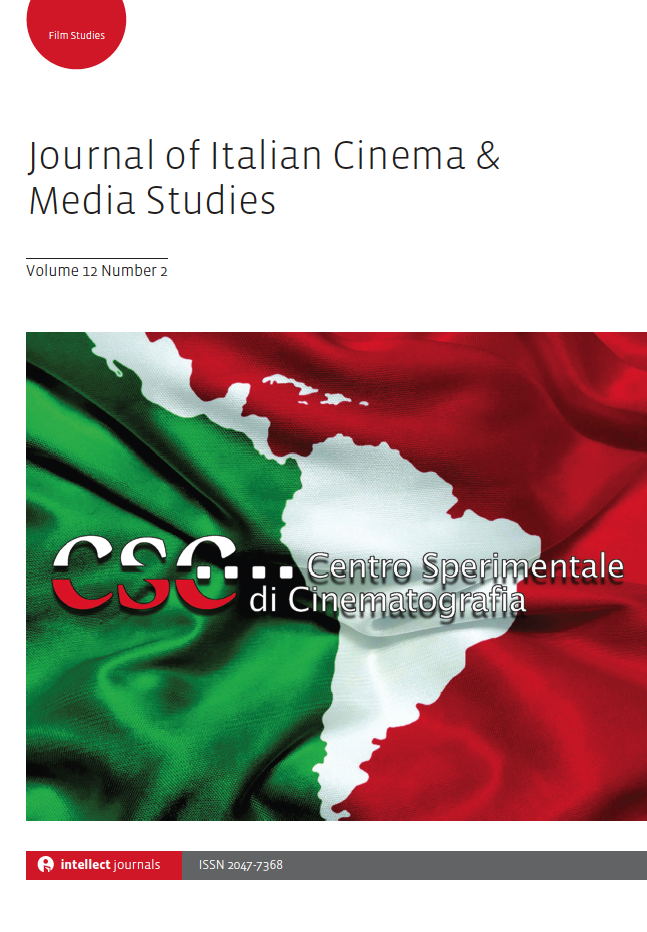
Full text loading...

This article analyses the connection between Italian and Colombian cinema through the novels and films of Colombian author and filmmaker Fernando Vallejo (1942–present). It examines Vallejo’s autofictional novel, Los caminos a Roma (The Roads to Rome) (1988) where he recounts his experience as a student at Rome’s Centro Sperimentale di Cinematografia in 1966, criticizes Italian neorealism and auteurism, and articulates his embryonic idea to create a film set during Colombia’s civil war. In his critique of Italian cinema, I argue that Vallejo embodies a certain hostility towards European film, its institutions and especially Italian neorealism that was percolating in the Latin America of the 1960s and 1970s. Exploring the historiography of Italy’s relationship with Latin American cinema, I remark on an emergent (and problematic) privileging of Italian neorealism as a prototype for New Latin American Cinema (NLAC) and consider how Vallejo’s filmmaking was shaped in opposition to Italian archetypes.

Article metrics loading...

Full text loading...
References


Data & Media loading...

Publication Date:
https://doi.org/10.1386/jicms_00214_1 Published content will be available immediately after check-out or when it is released in case of a pre-order. Please make sure to be logged in to see all available purchase options.